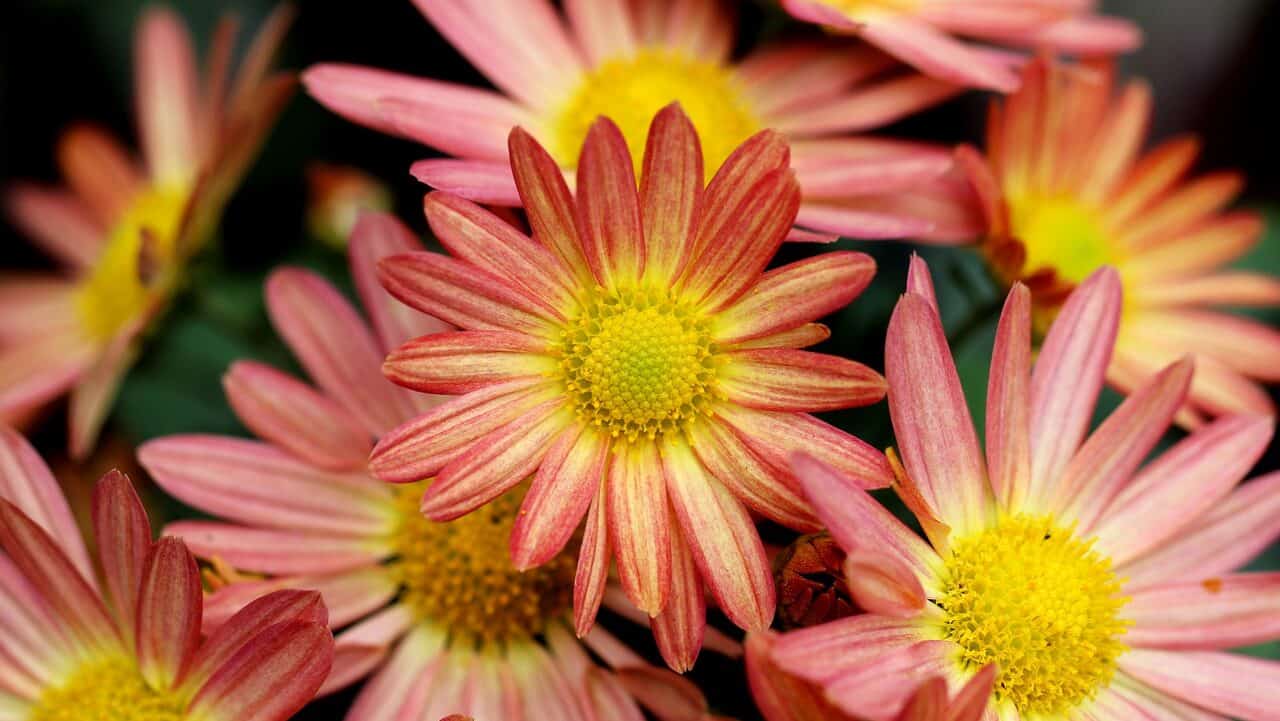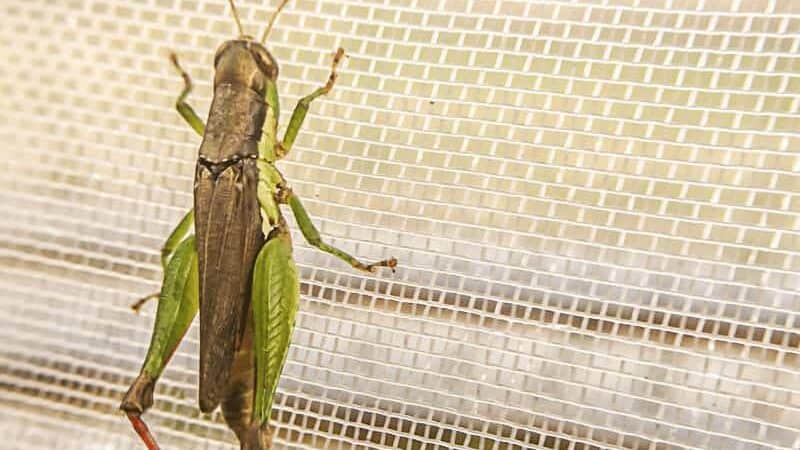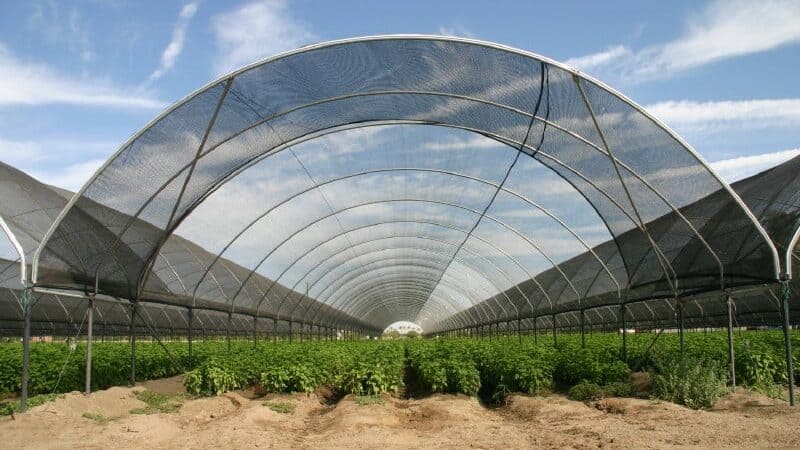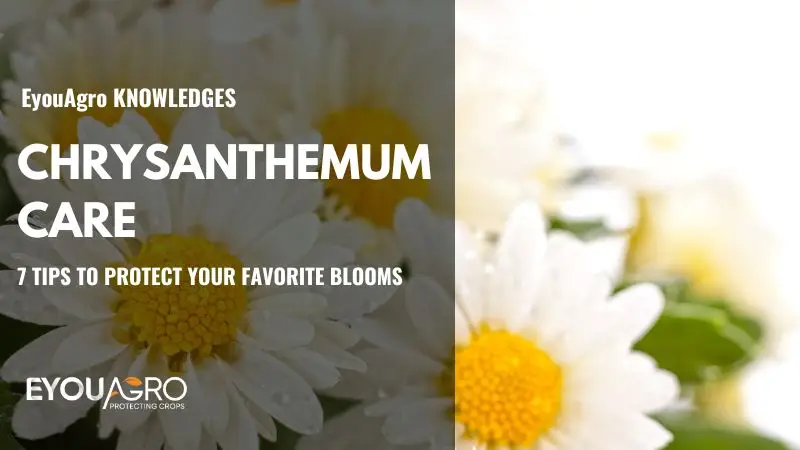Did you know that there are over 100 species of chrysanthemums? Probably not. This is just a small portion of what makes these flowers so beautiful and so unique. It’s believed by botanists that thousands of years ago, chrysanthemums were first discovered from the Himalayas in Nepal and China.
Chrysanthemum flowers are popular across the globe. These durable flowers also come in a wide range of colors and styles. However, growing them is not as simple as with many other traditional flower varieties. Chrysanthemum care must account for the needs of the plant itself as well as those of its surrounding environment.
Here are 7 easy tips to help you grow your favorite blooms.
Propagating Your Chrysanthemum
The chrysanthemum can be propagated from seeds or cuttings. Seed propagation is the most economical method. But the other forms are much quicker if you don’t have time to wait for your first blooms.
However, to ensure better and stronger blooming in the future and that the chrysanthemum variety will stay consistent, you should always plant seedlings in your farm or greenhouse.

Chrysanthemum seedlings will bloom in their second year. But remember if you start with a particular variety, you should continue to grow that variety from seed for as long as possible to ensure the same color and blooming type.
Plant in Early Spring
Plant your chrysanthemums in early spring after all danger of frost has passed (late March through mid-April). Chrysanthemums like rich soil with lots of organic matter, so incorporate compost or rotted manure into the hole before planting.
Dig a hole twice as wide as the root ball and deep enough to place the entire root system below the soil line; remove any circling roots and spread them out horizontally in the bottom of the hole and top with loose soil.
Watering your Chrysanthemum Regularly
Different species of Chrysanthemums, have different watering requirements. However, most varieties require watering every 4 days at most. Some varieties do better with less water while some need more frequent watering.
Watch over overwatering. If you overwater you will cause root rot for chrysanthemum plants, so it is important to water your chrysanthemum sparingly. You should avoid watering your plant directly with tap water as it contains chlorine which can harm the plant roots over time.
Just make sure to check on them regularly so you can tell when they need more or less water.
Fertilize Your Chrysanthemum Regularly
Chrysanthemum care includes the use of fertilizer. The type of fertilizer, dose, and timing of fertilizer application can vary depending on the type of chrysanthemum you have.
Chrysanthemum fertilizer should be applied every 20 days. The concentration should be light and the amount should be small. A fertilizer that contains nitrogen is especially important because it helps the flower grow quickly. However, do not fertilize chrysanthemum is more than necessary because it can burn the roots. Fertilizer containing potassium improves the stems’ ability to bear flowers. It also prevents discoloration of leaves by improving water transportation within the plant. Fertilizer containing magnesium ensures good coloration of leaves and improves blooming by promoting cell division in buds before they open.
Keep Away Pests from Your Chrysanthemum Flowers
Yout chrysanthemums are susceptible to pests that can easily ruin the blooms. Some of the pests include:
- Aphids are the most common insect that infests chrysanthemums. These sap-sucking insects can be found on all parts of the plant. They in turn attract sooty mold fungus.
- Red spider mites are common in areas with dry air. Like aphids, these bugs suck sap from plants and then excrete honeydew.
- Whiteflies also suck sap from plants but they leave behind yellowish deposits on chrysanthemum foliage.
- Leafhoppers are found on the underside of leaves where they suck out chlorophyll, causing the leaves to appear yellow or white. Leafhoppers also leave behind honeydew, which helps promote the growth of sooty mold fungus.
To protect your favorite chrysanthemums from being destroyed control the pest by insect netting.

Protects Your Flower from Disease
Two of the most common are Botrytis blight, or gray mold disease, and powdery mildew.
Powdery mildew is not limited to chrysanthemums; it can affect many types of flowering plants. Powdery mildew appears as white or gray patches on the blooms. Powdery mildew also attacks the leaves, causing them to curl and become discolored. Powdery mildew affects chrysanthemum flowers’ appearance and can shorten their life span.
Botrytis blight causes brown spots on the flowers and leaves that eventually turn black and shrivel.
To protect your favorite chrysanthemums from being destroyed by disease, Protecting your chrysanthemums from disease requires that you keep them in optimum growing conditions. Most common diseases are caused by environmental factors, so you have to be careful about the following to prevent damage by diseases.
Provide the Right Shade
Chrysanthemum is a short-day flower. They need a blackout screen to minimize light exposure. In summer, proper shading measures should be taken to protect them from high temperatures and strong sunshine. In winter, warm-keeping measures should be taken to protect from cold.
So if you want better growth of your mum, you should shade during summer and save energy during winter
In winter you need to:
- Control the daylength
- Diffuse light and shading from your plants and mature flowers
- Maintain year-round stable climate with summertime shading and winter energy saving
How do you achieve this? Ensure you provide the following to your mum
- Shade and light diffusion through diffusion shade screen
- Retaining heat at night, day length using blackout shade screen.

Conclusion
Proper care is essential for the growth of chrysanthemum. Make sure that you provide them with enough water and environmental conditions to thrive and be healthy.
Protecting your chrysanthemum with shade netting is the most effective way to reduce the expenses of watering and minimize damage due to pests.
If you need a high-quality shade cloth, feel free to contact a reliable and trusted shade cloth supplier. They will advise on which shade cloth can give good growing conditions for your flowers.
Eyouagro develops advanced and environmentally friendly netting methods to protect your flowers and plants through adjusting microclimate.
Get in touch with us at info@eyouagro.com for more information about the selection of netting products and other horticulture solutions or recommendations.









